The Ancient Origins of Chess
Chess, one of the world's most enduring board games, boasts a rich history that spans over 1500 years. The game, as we know it today, has undergone significant transformations from its ancient origins. Chess is believed to have originated from similar games played in India during the 6th century AD. The earliest precursor to chess is Chaturanga, a game that was part of a group of strategic board games to which also belong Xiangqi (Chinese chess), Shogi (Japanese chess), and Janggi (Korean chess).
Chaturanga: The Earliest Form of Chess
Chaturanga, which means 'four divisions of the military'—infantry, cavalry, elephantry, and chariotry—represent the pieces that would evolve into the modern pawn, knight, bishop, and rook, respectively. Played on an 8x8 grid, the game was a simulation of a battle, much like chess. These military units moved according to specific rules, which is a characteristic they share with their modern counterparts in chess.
Spread to Persia
From India, the game of Chaturanga traveled to Persia, where it was adopted as Shatranj. The rules underwent slight modifications: the game started to feature the notational system, and introduced new playing strategies. When the Arabs conquered Persia, chess began its spread across the Islamic world, reaching Europe in the Middle Ages.
The Evolution of Chess in Medieval Europe
As the game made its way through the Arabic world to Europe, it began to assume a more modern form. By the 15th century, the rules of chess had undergone significant changes in Spain and Italy. The queen, originally one of the weakest pieces, became the most powerful piece on the board. This change reflected evolving societal views during the Renaissance about the role of queens in European courts.
Standardization of Rules
Further developments in the rules of chess became prominent by the 19th century. The London Chess Tournament of 1851 and the writings of prominent chess players like Howard Staunton contributed to the standardization of the rules. The modern chess game, with enriched strategies and time controls, became standardized.
The Symbolism and Intellectual Reverence of Chess
Chess is not merely a game of strategy and skill; it also holds immense symbolic significance. It is seen as a battle between good and evil, mind versus matter, and among various strategic schools of thought. Historically, royal courts and military academies utilized chess as a method of tactical and strategic training. Philosophers admired it for its intellectual rigor and often analogized its play to the complexity of life and politics. Cultural representations of chess are abundant, showing up in arts, literature, and symbolizing everything from sheer intellect to high class.
Prominence in Global Culture
Today, chess is universally acknowledged as a tool for cognitive development, enhancing memory, improving concentration, and fostering logical thinking. It has incorporated technological advances, with platforms for online play, international tournaments, and extensive theoretical expansions. Various communities across the globe consider chess a connecting thread in the narrative of human intellect and competition.
Conclusion
The game of chess has traveled through time and geography, evolving considerably from its ancient origins to become the complex, intellectual activity known and revered today. This continuous transformation highlights its adaptability and enduring appeal, securing chess a prominent position in both historical studies and modern recreational pursuits.
Explore our large collection of luxurious chess sets!

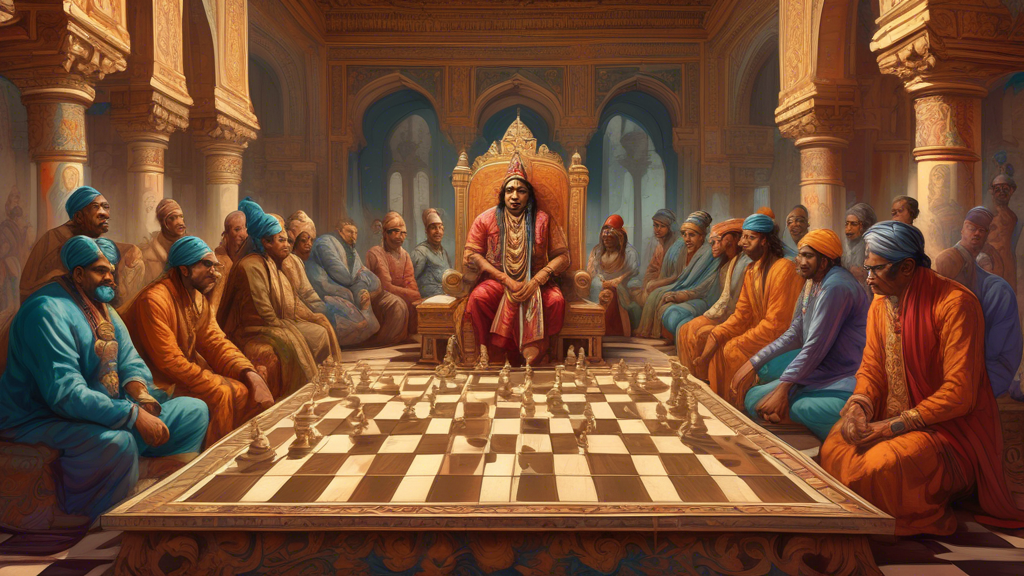
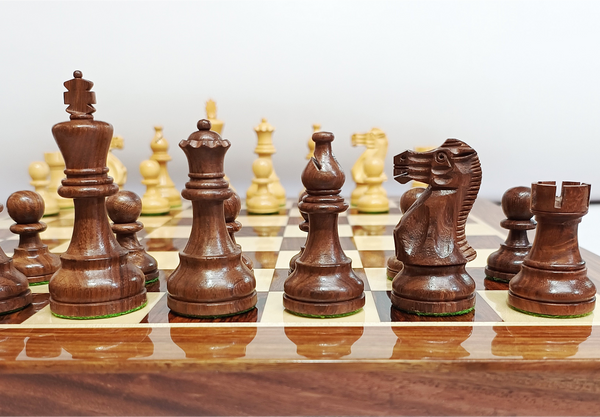
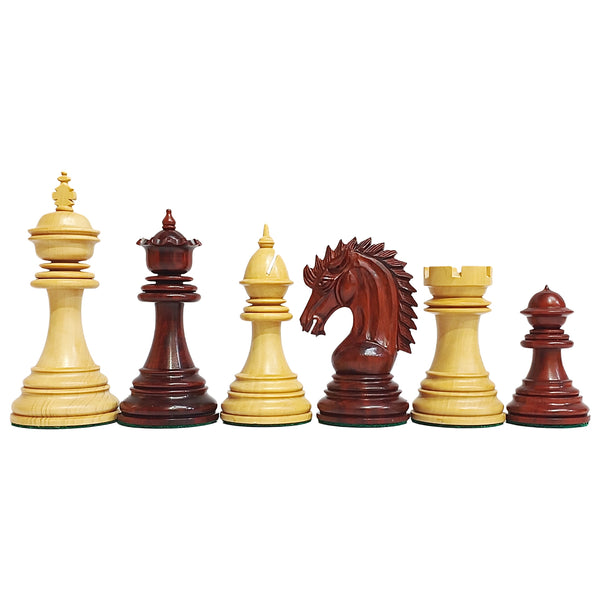
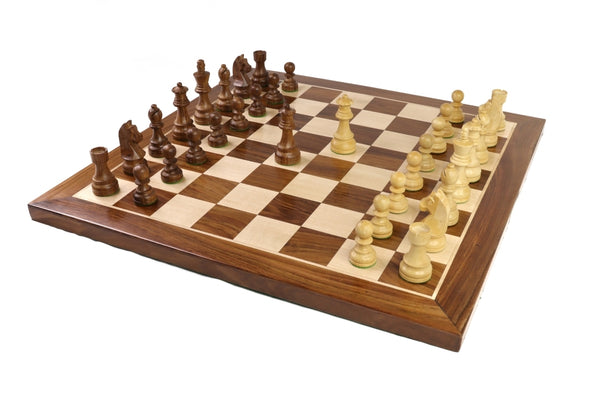
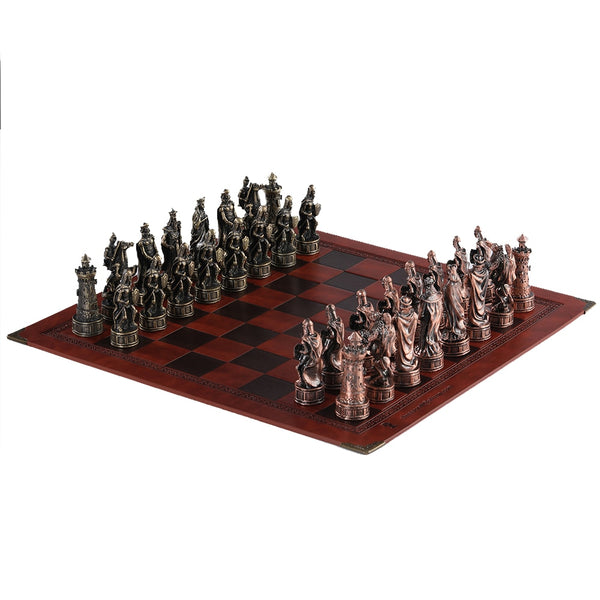



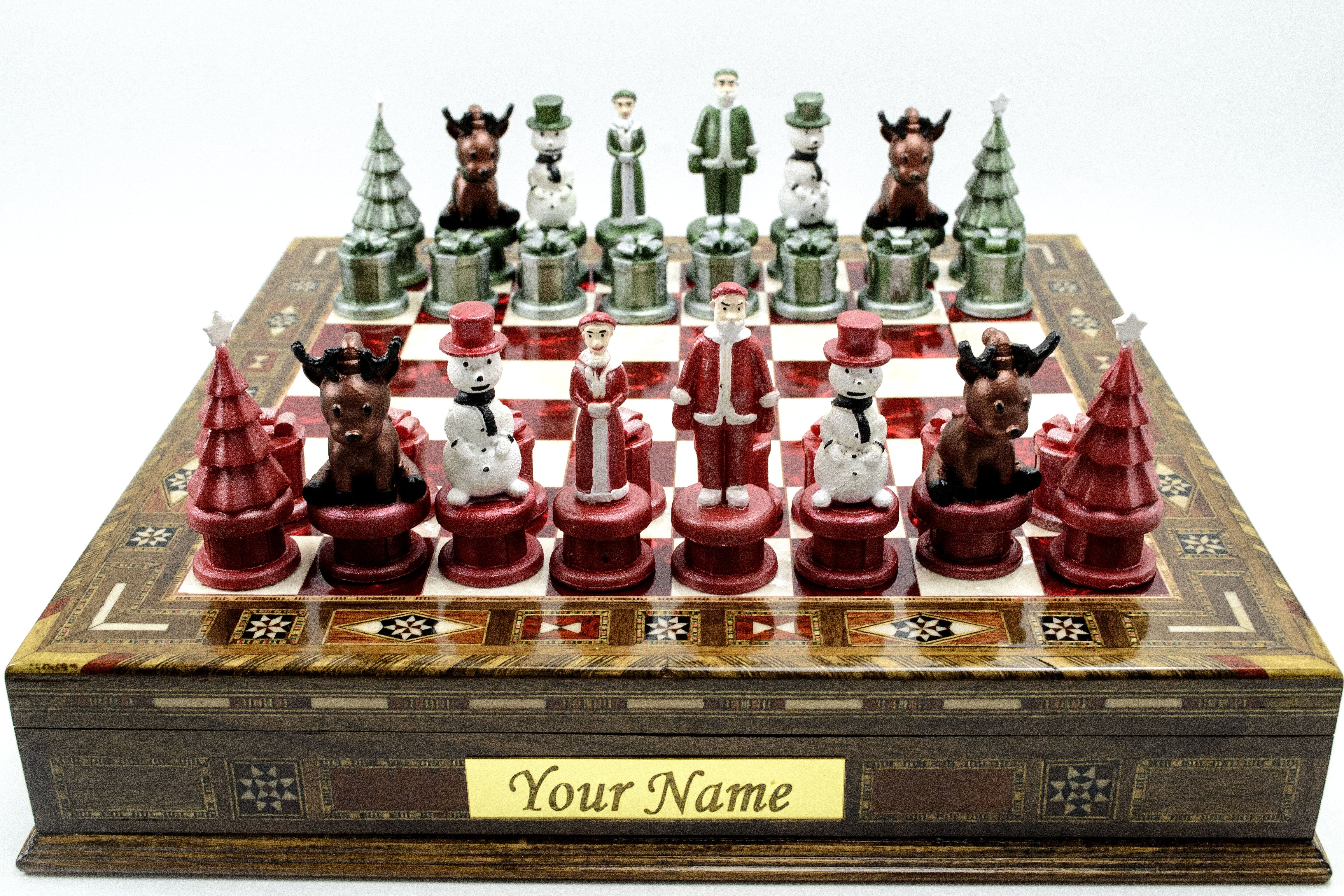




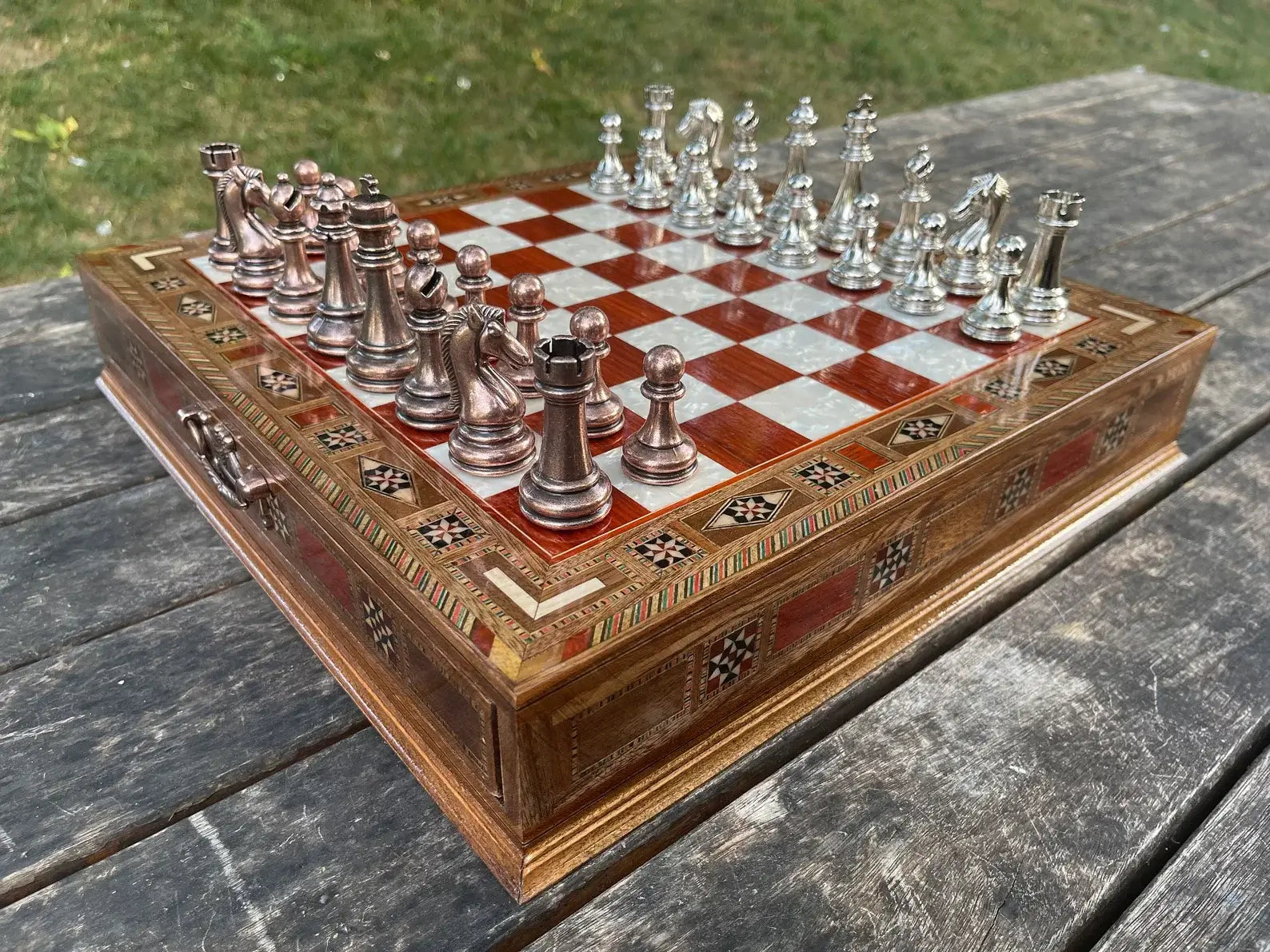
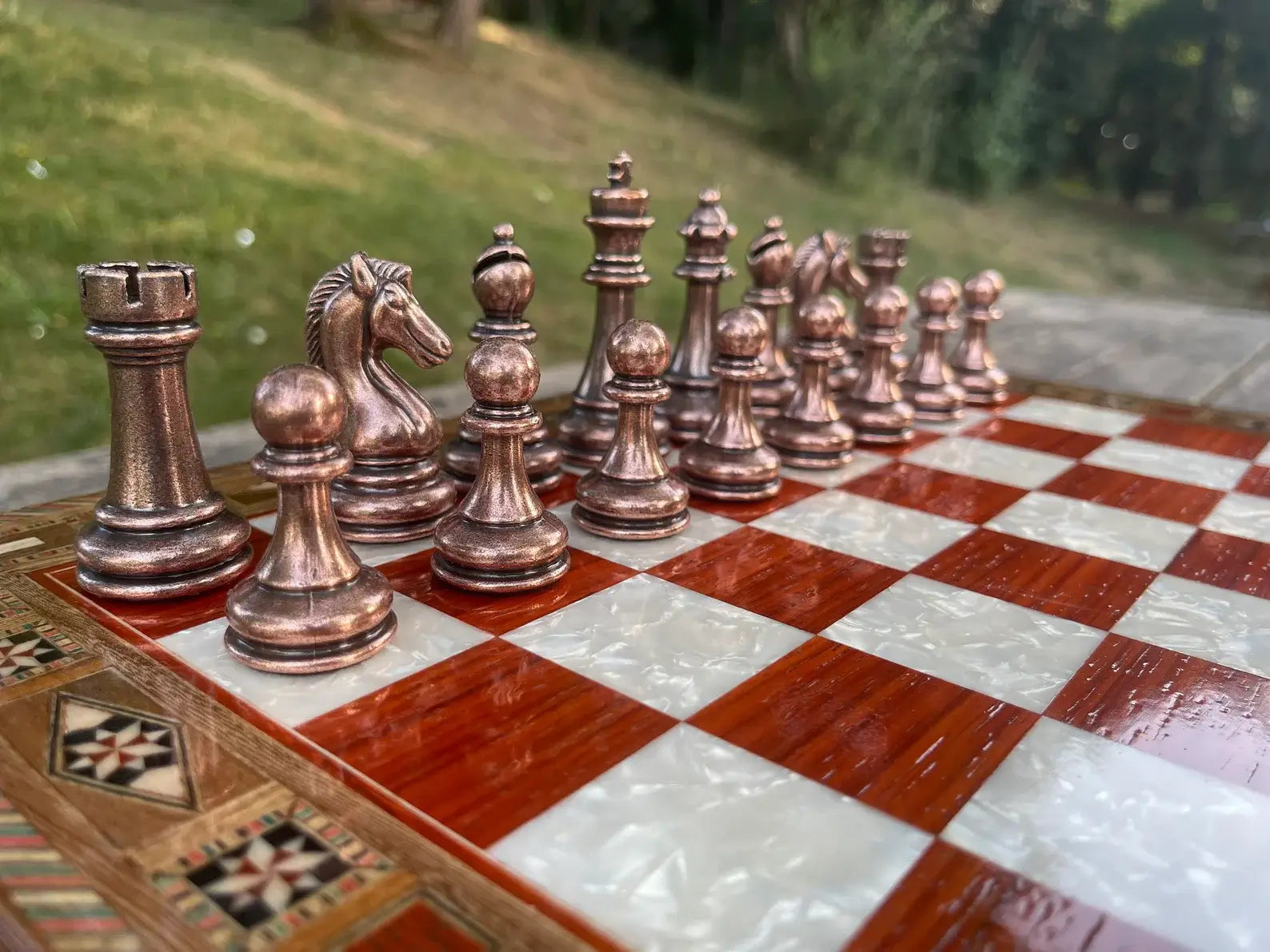
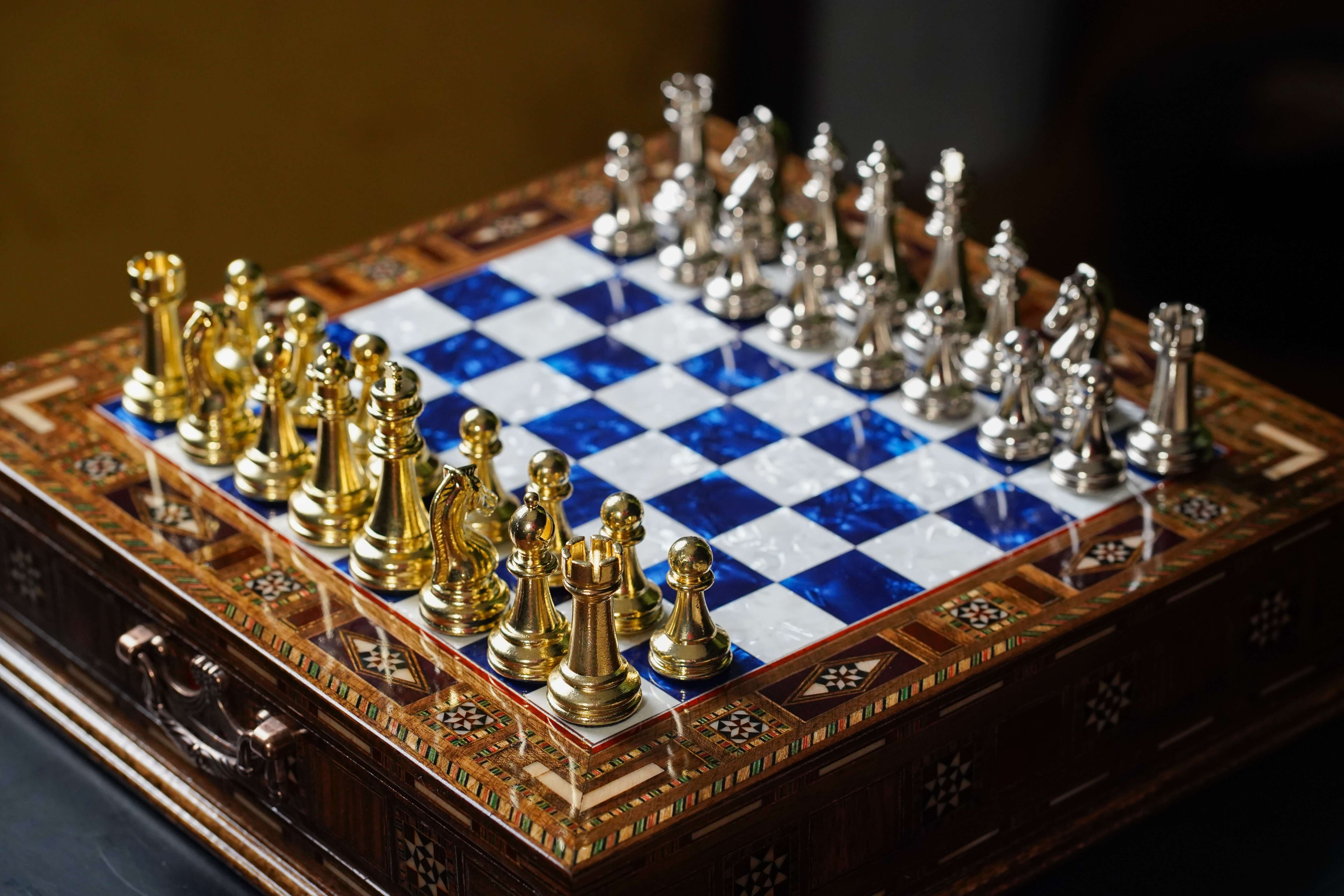
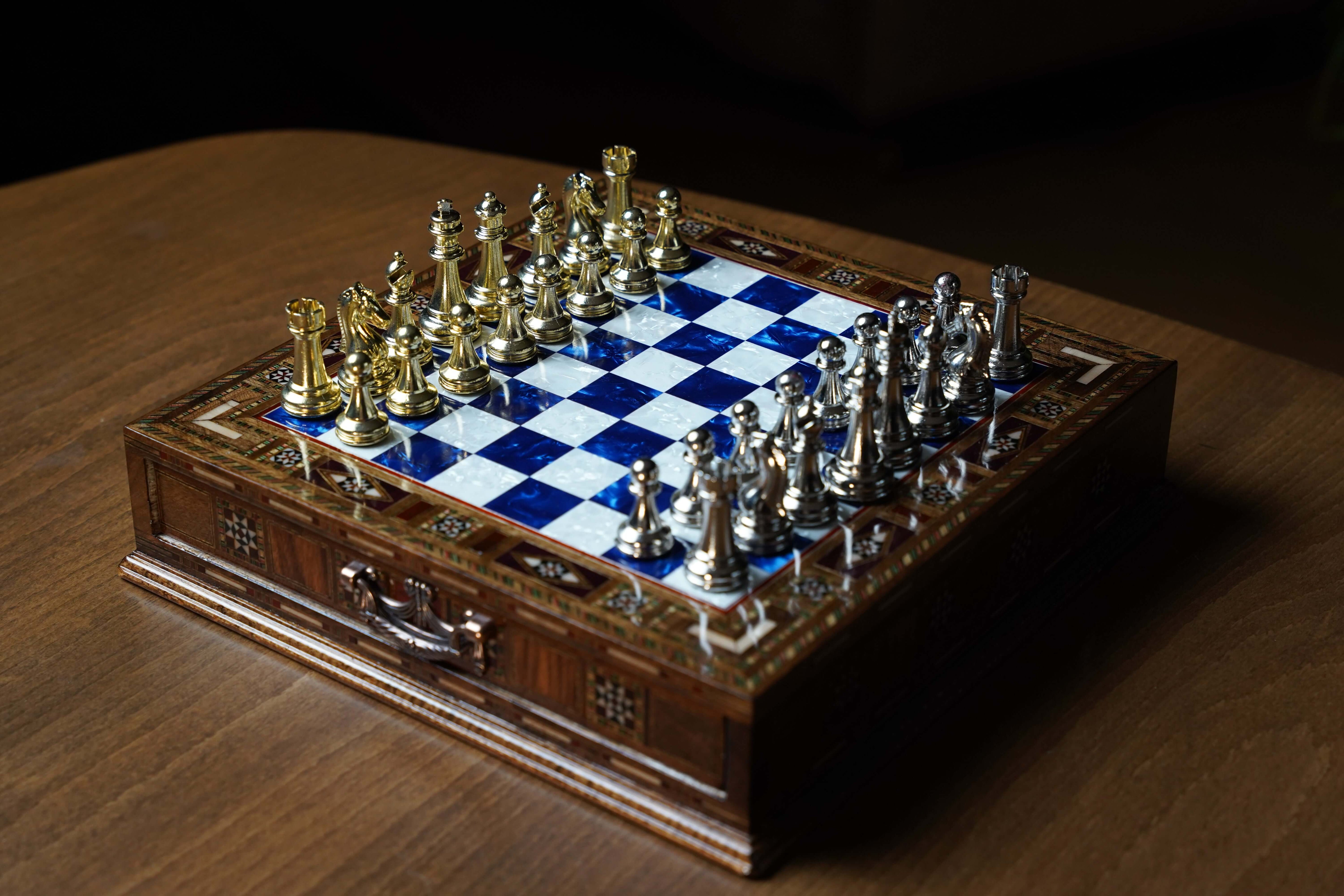
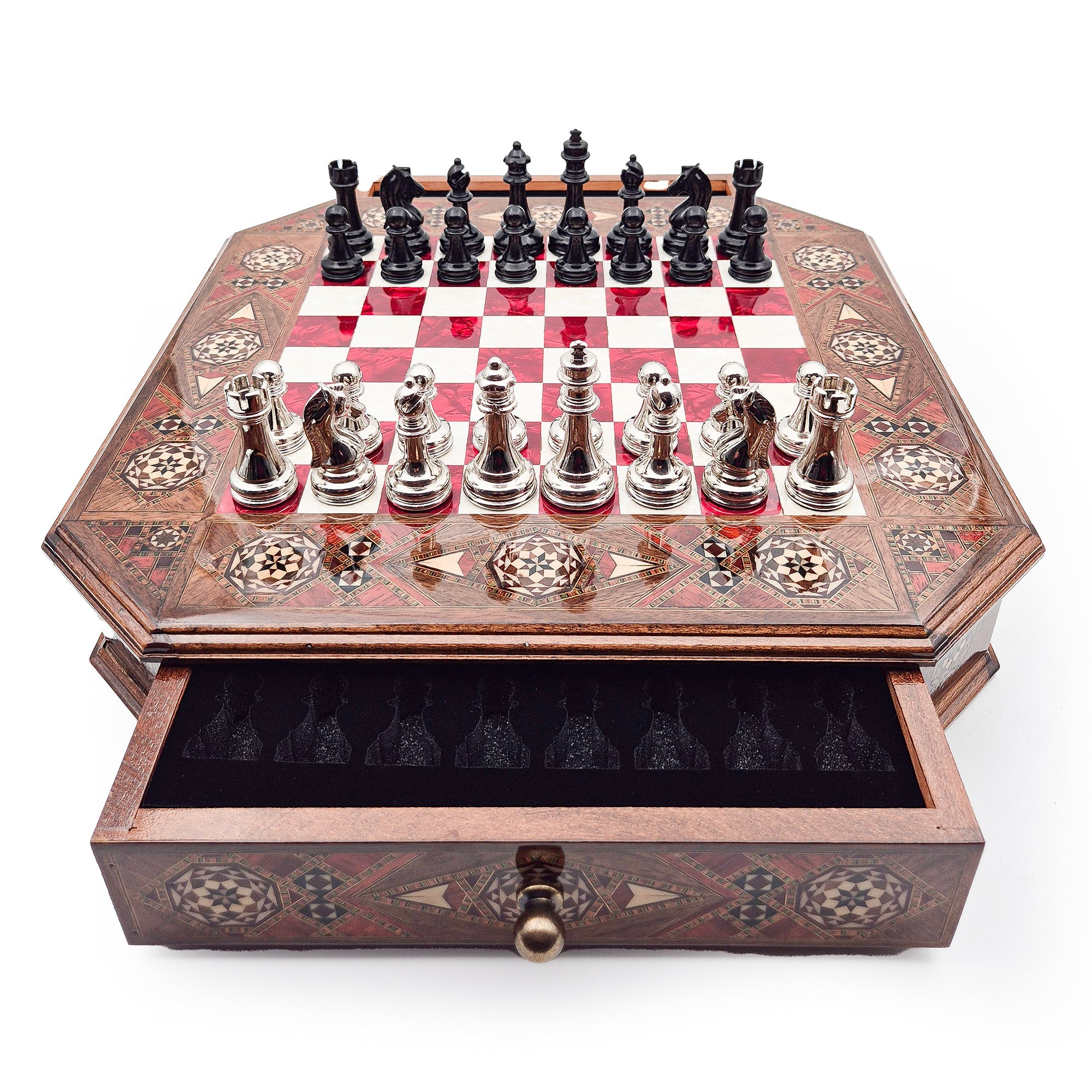
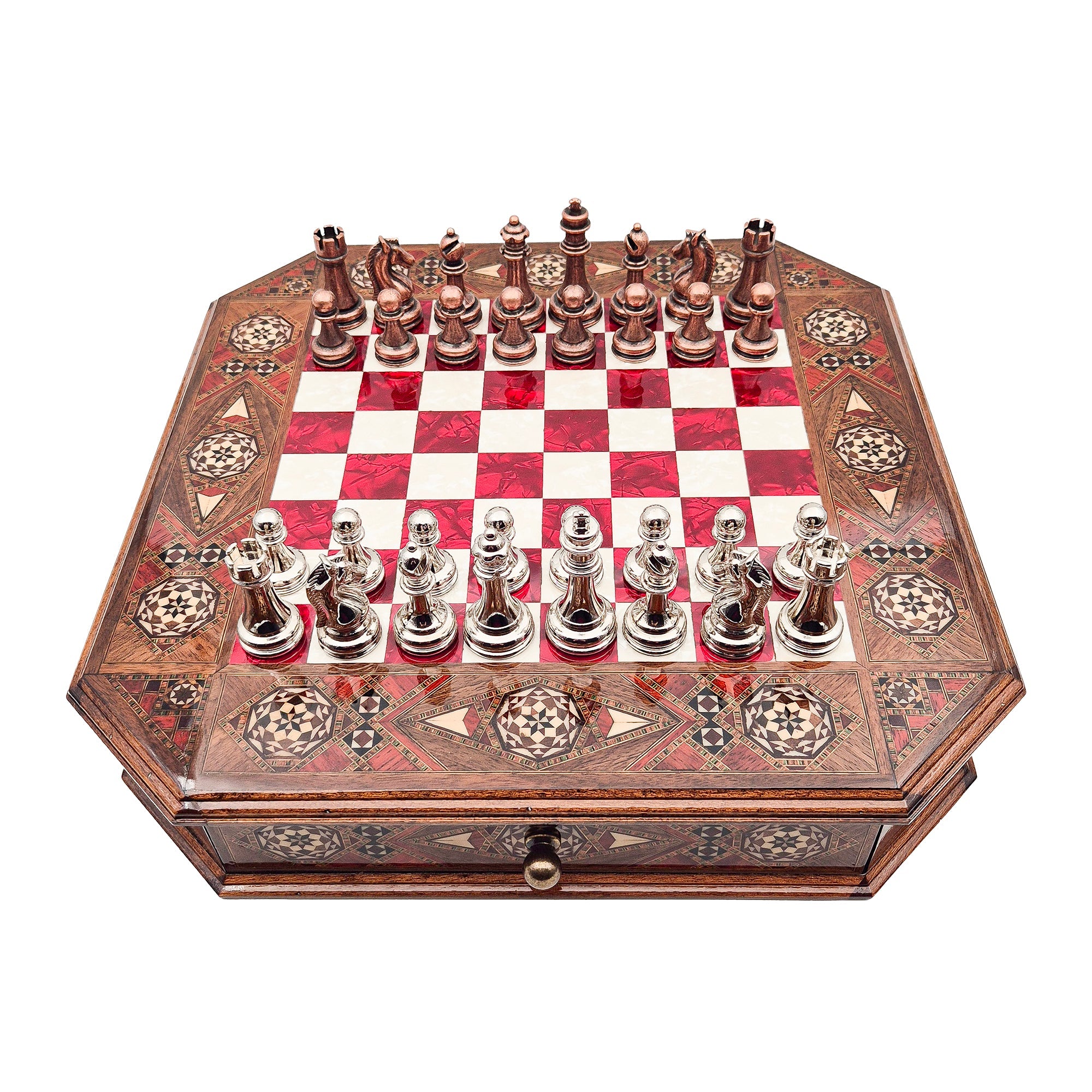
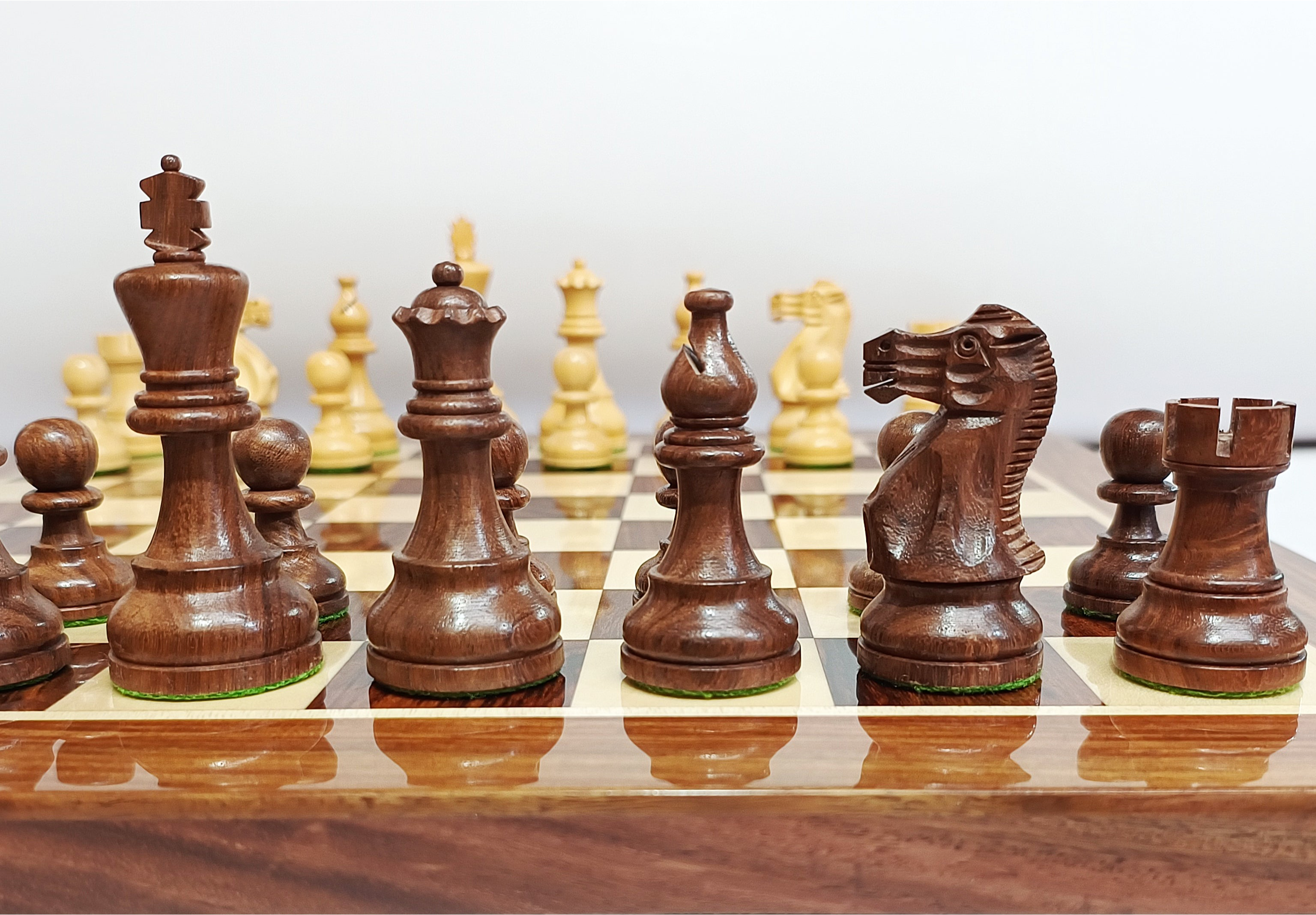

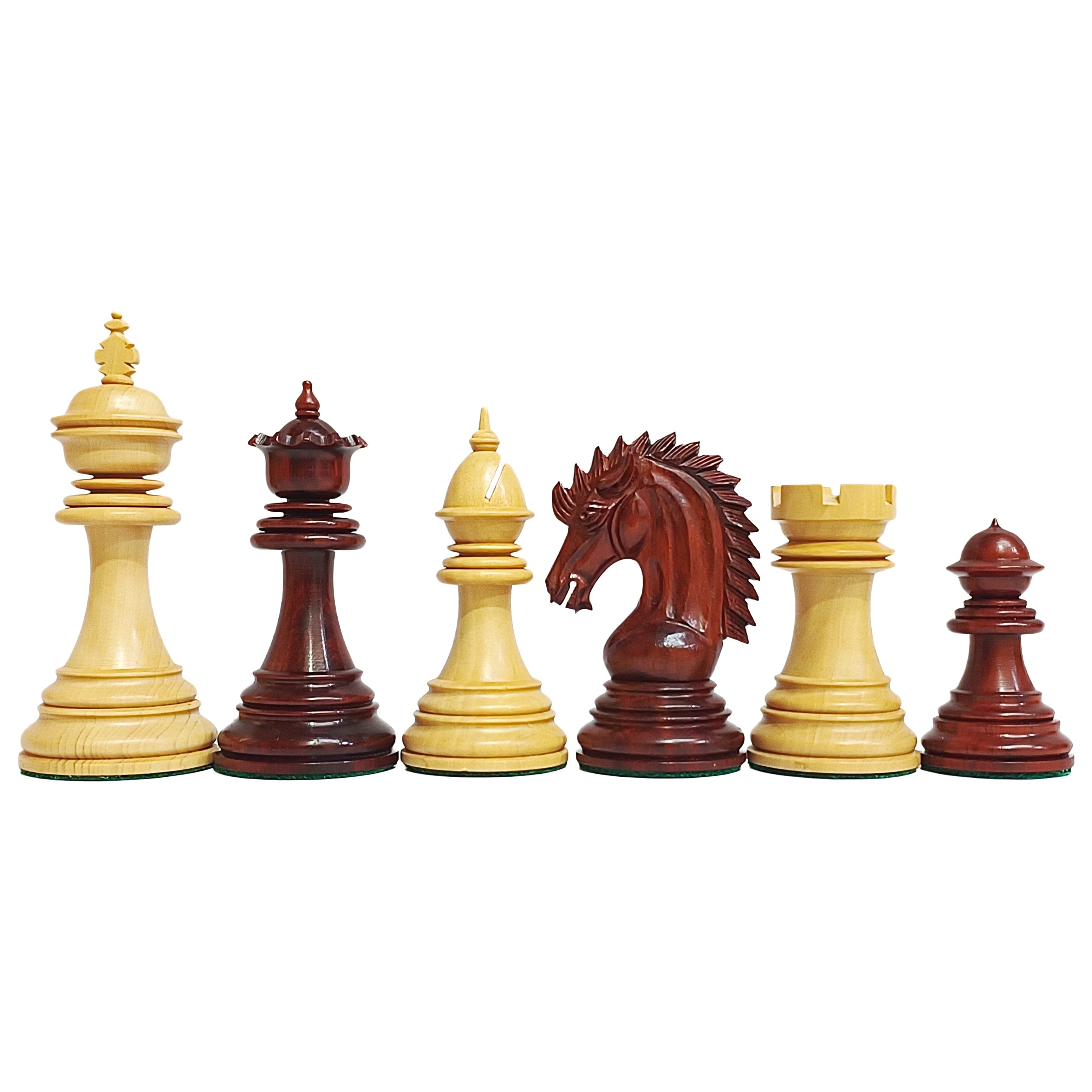
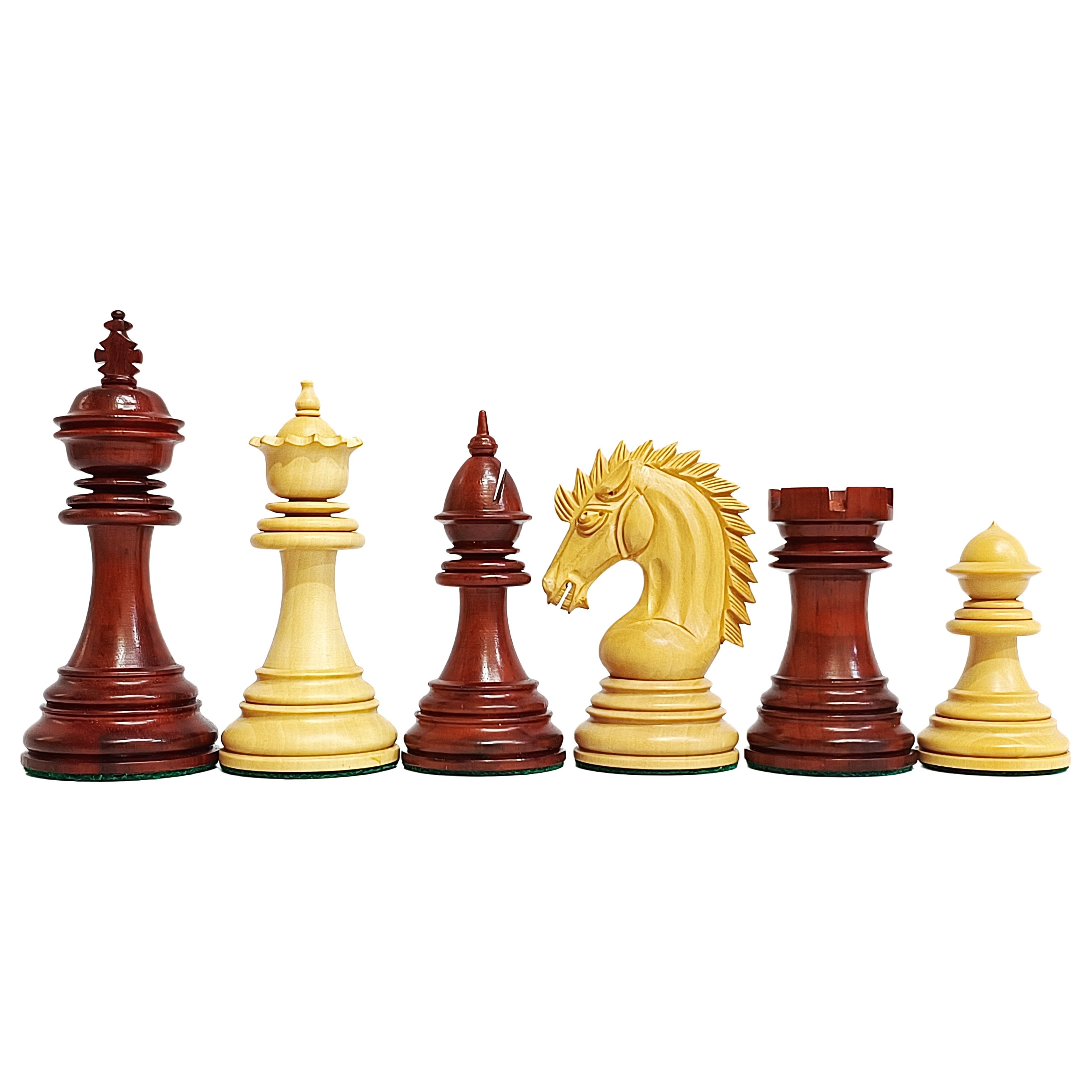


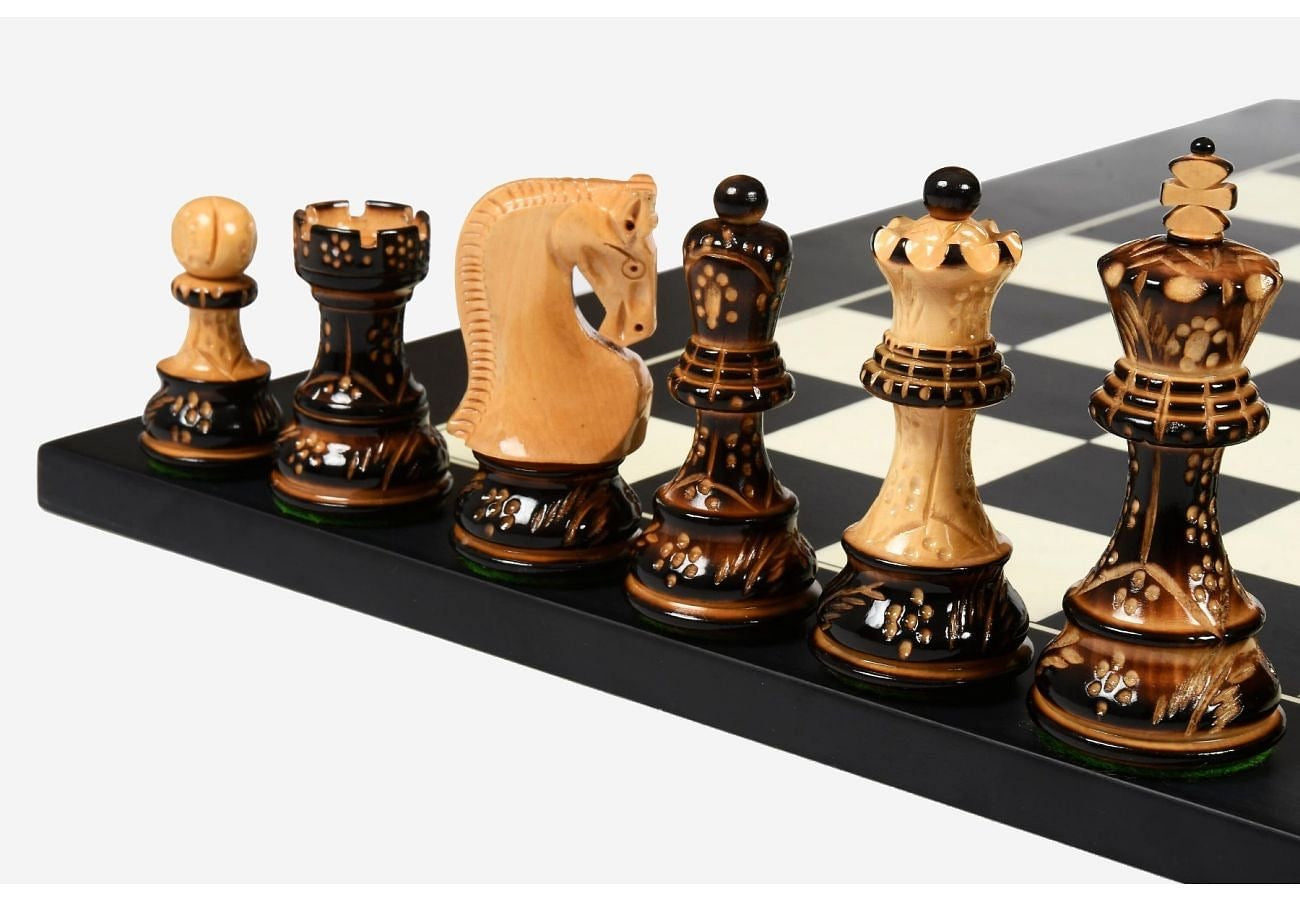
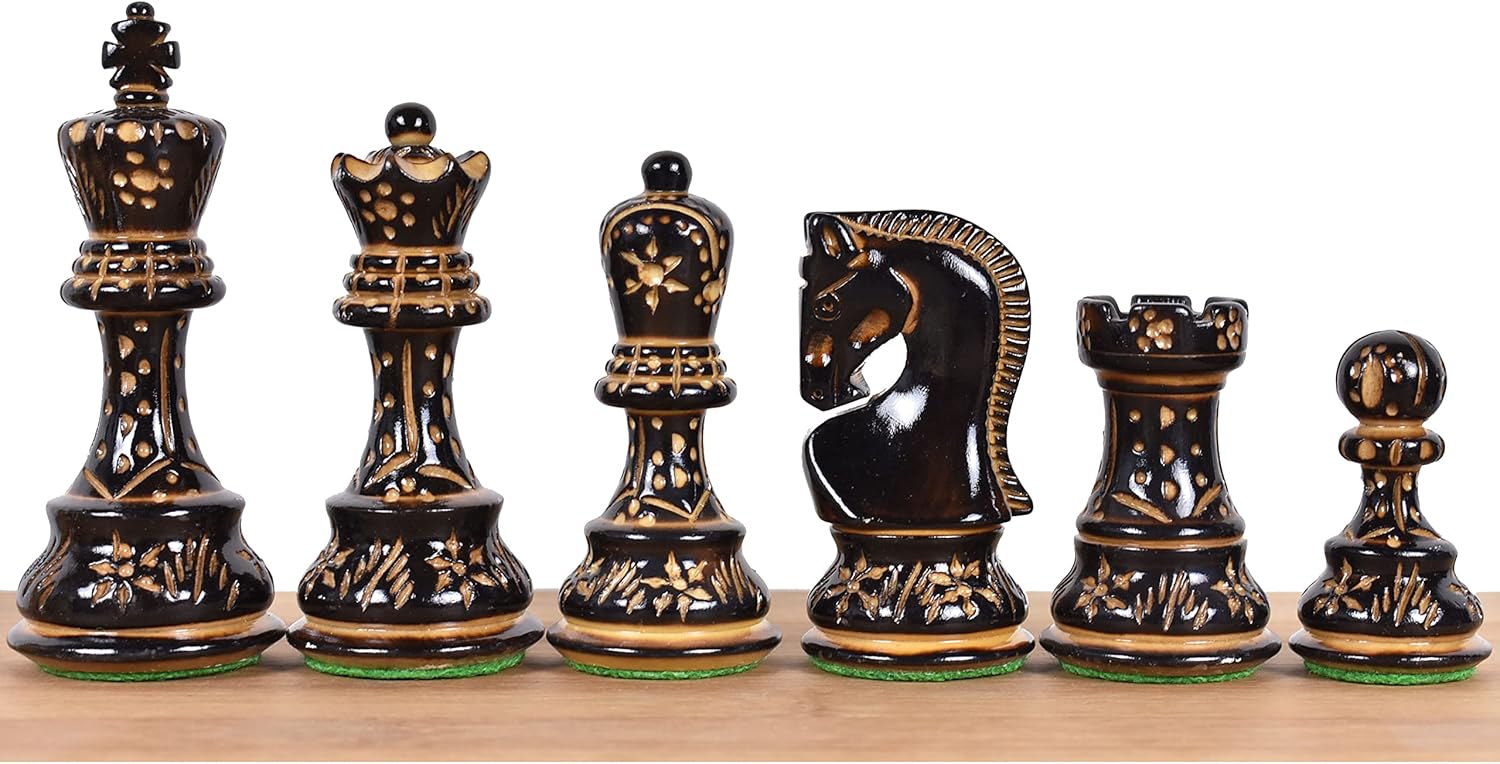
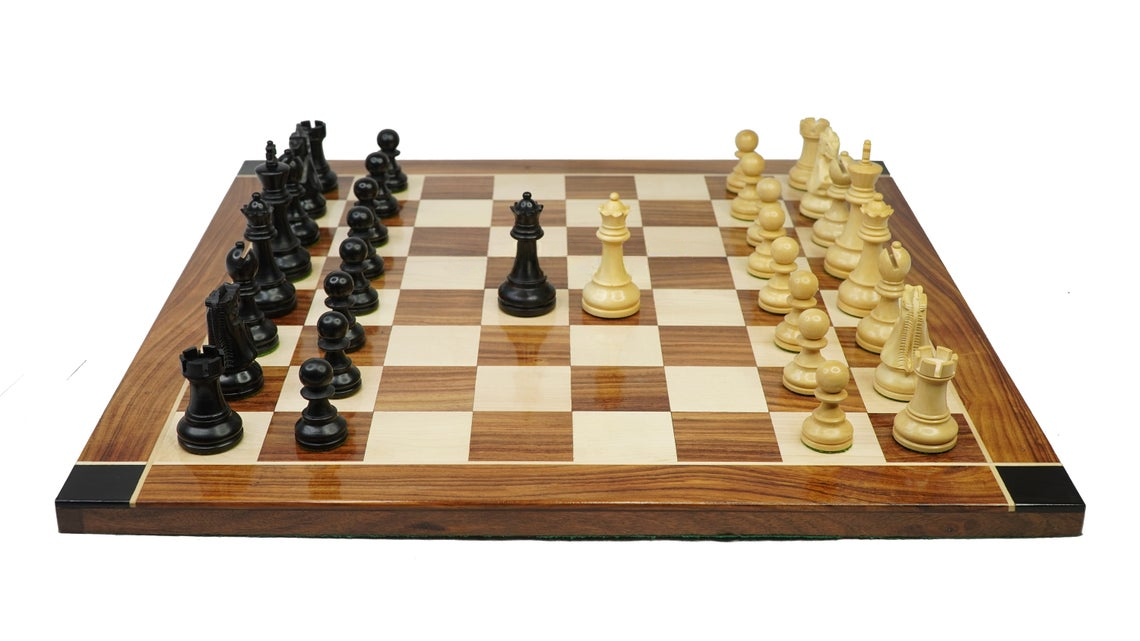

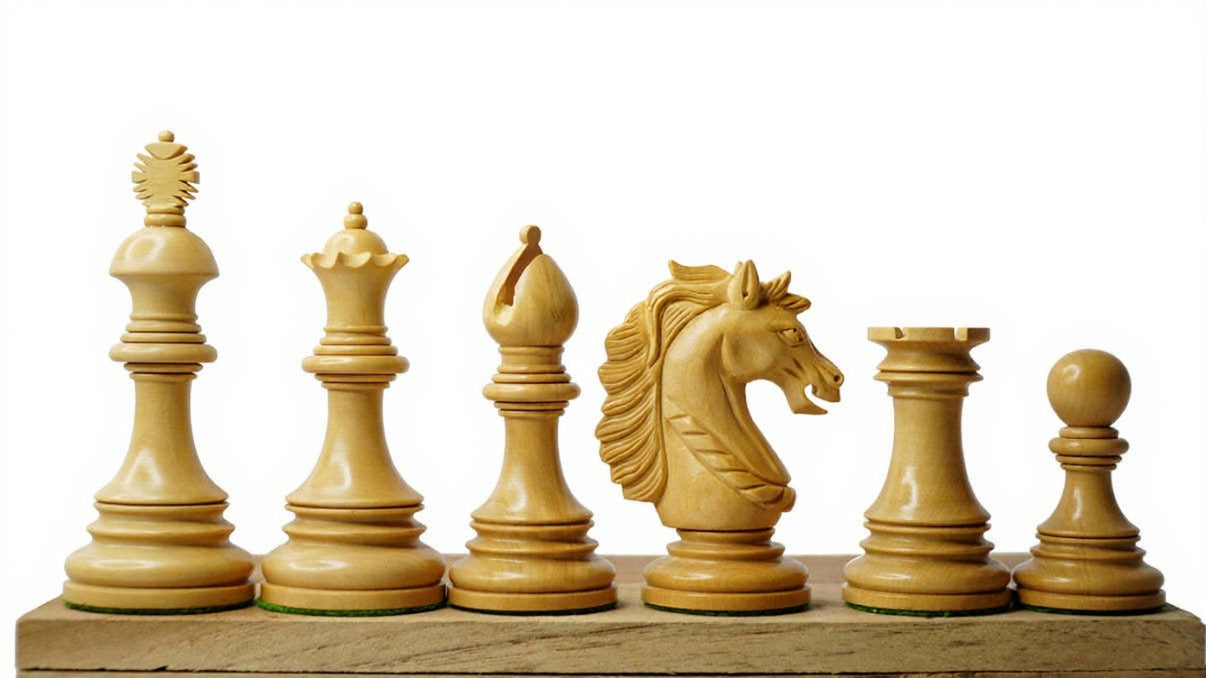
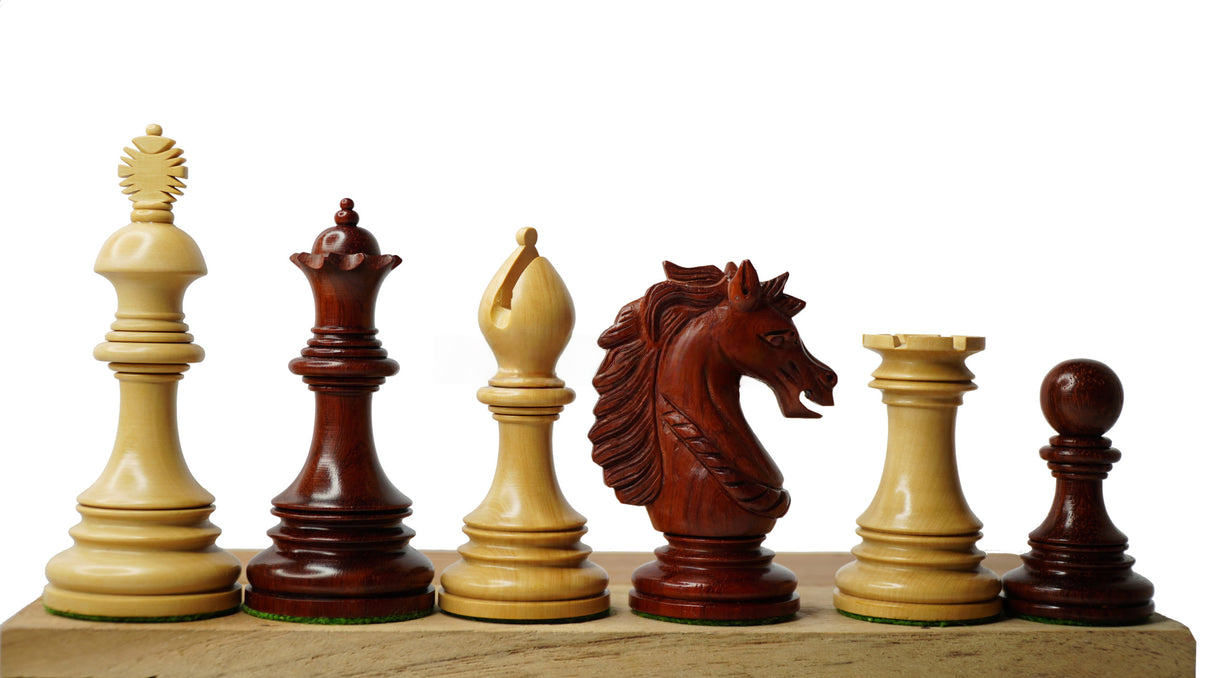
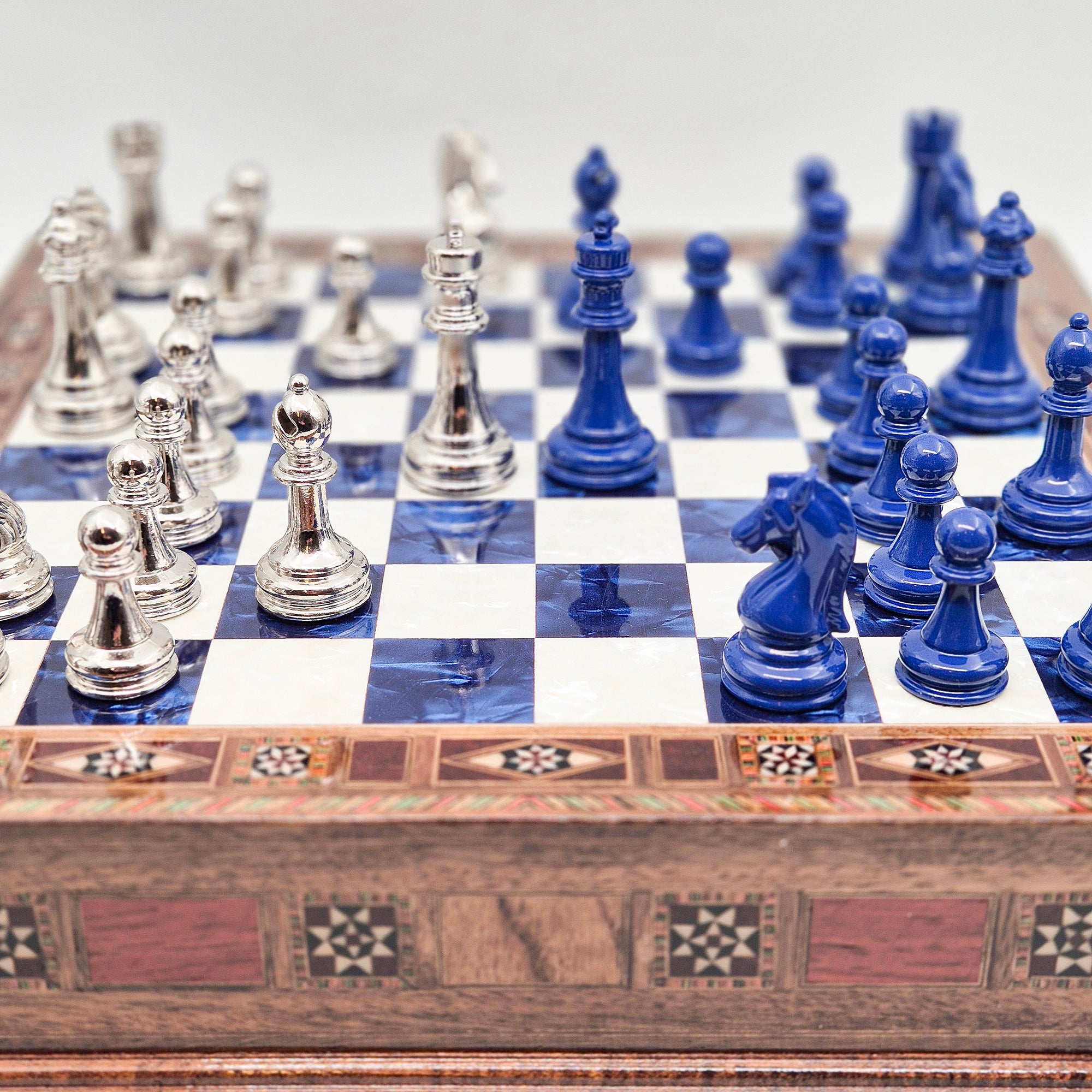


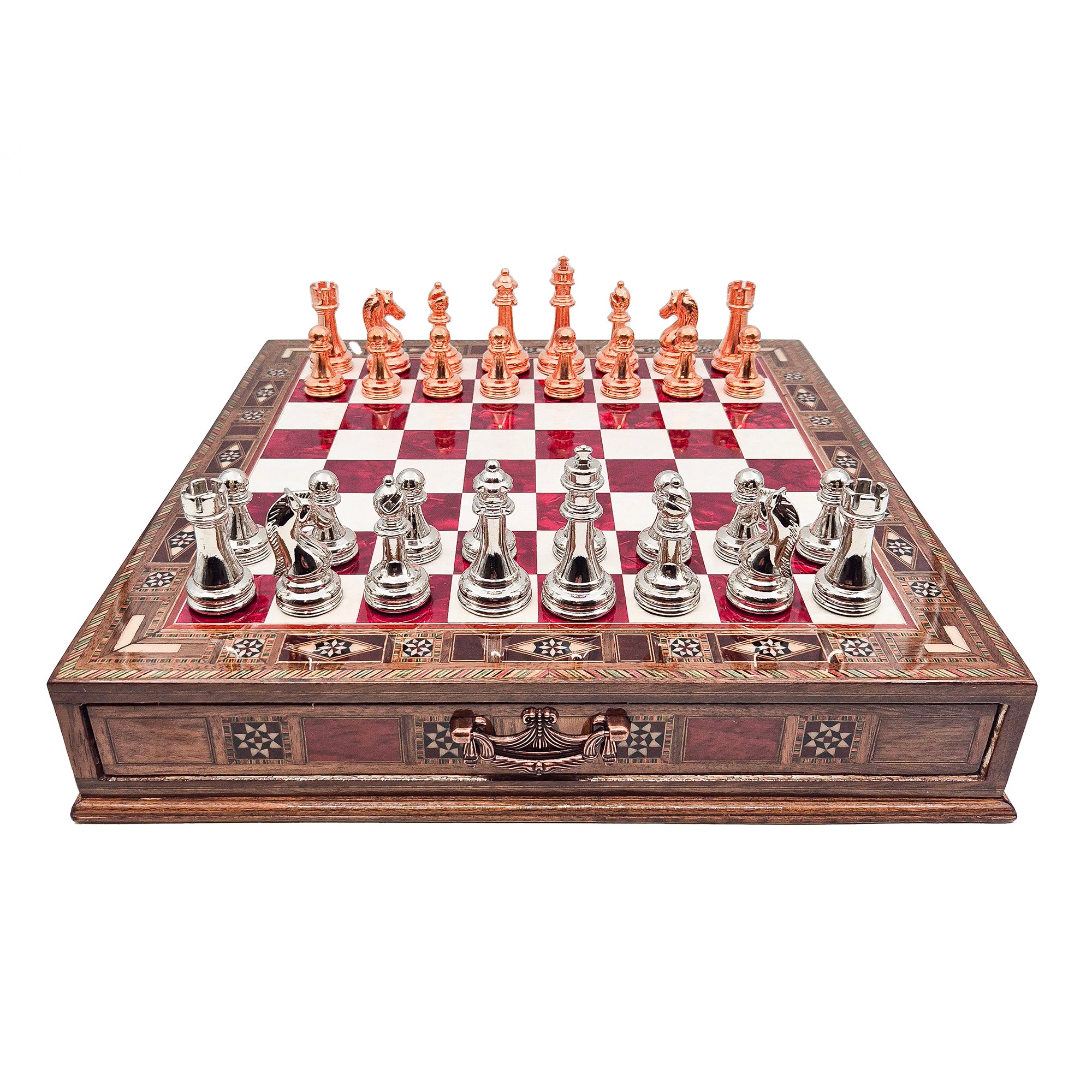
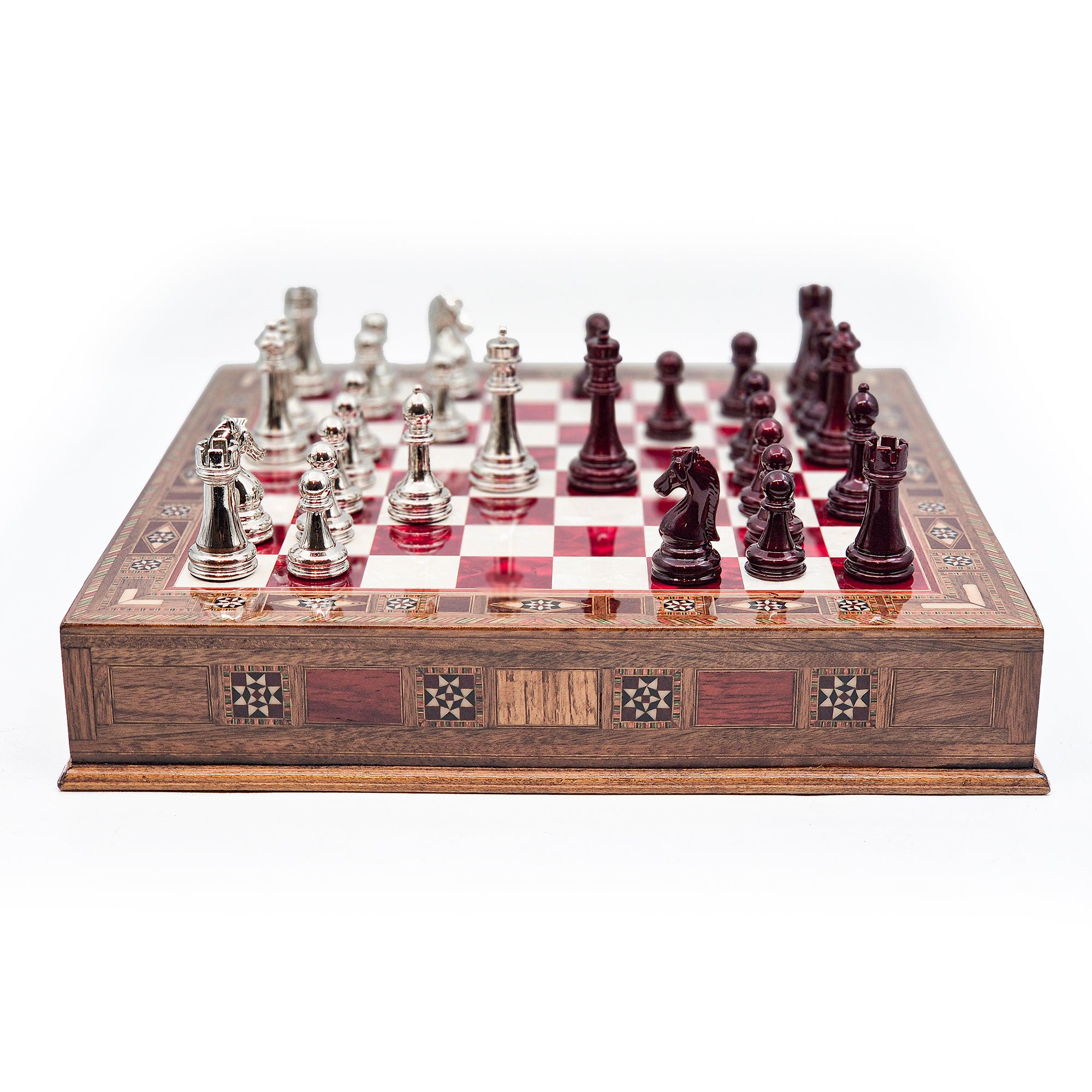
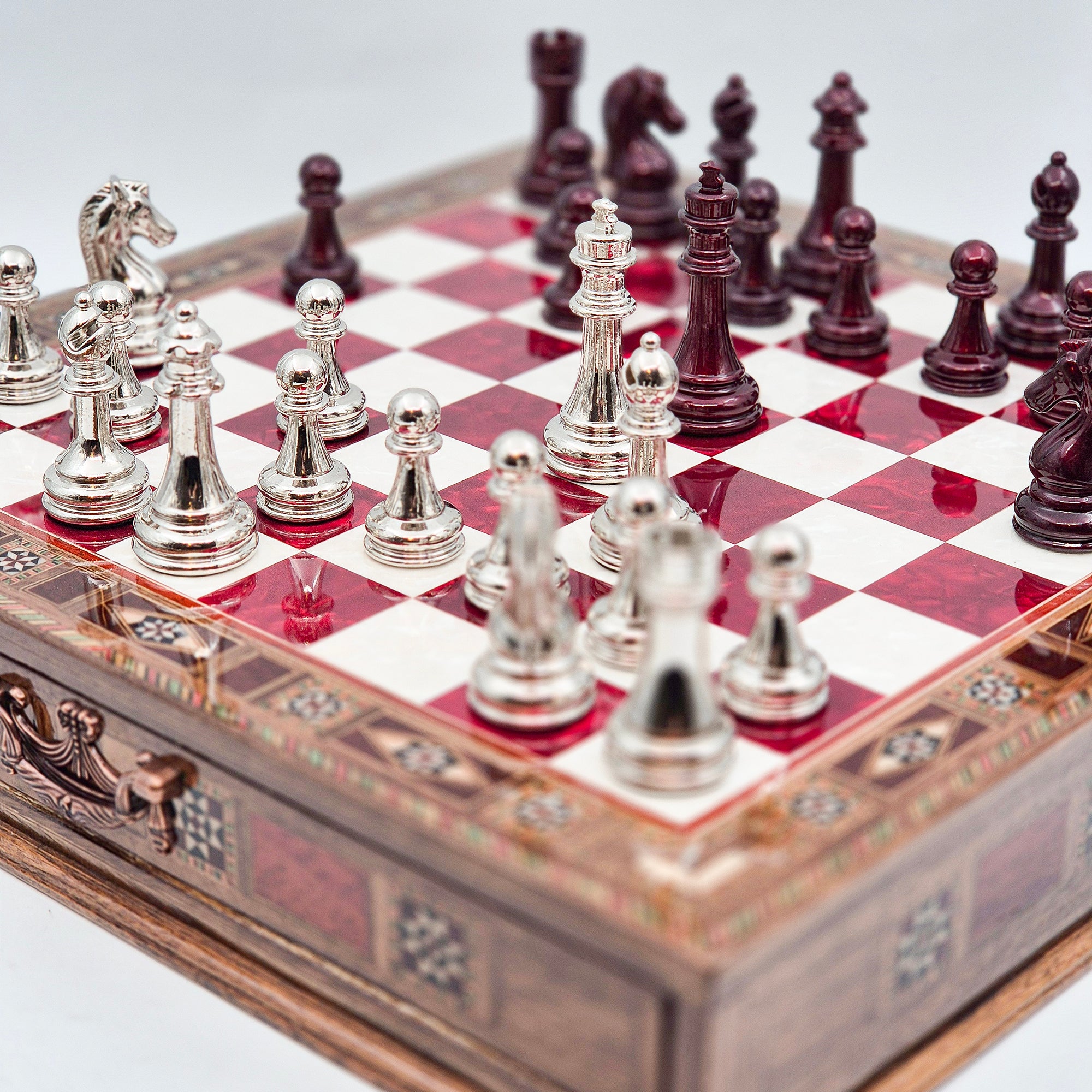
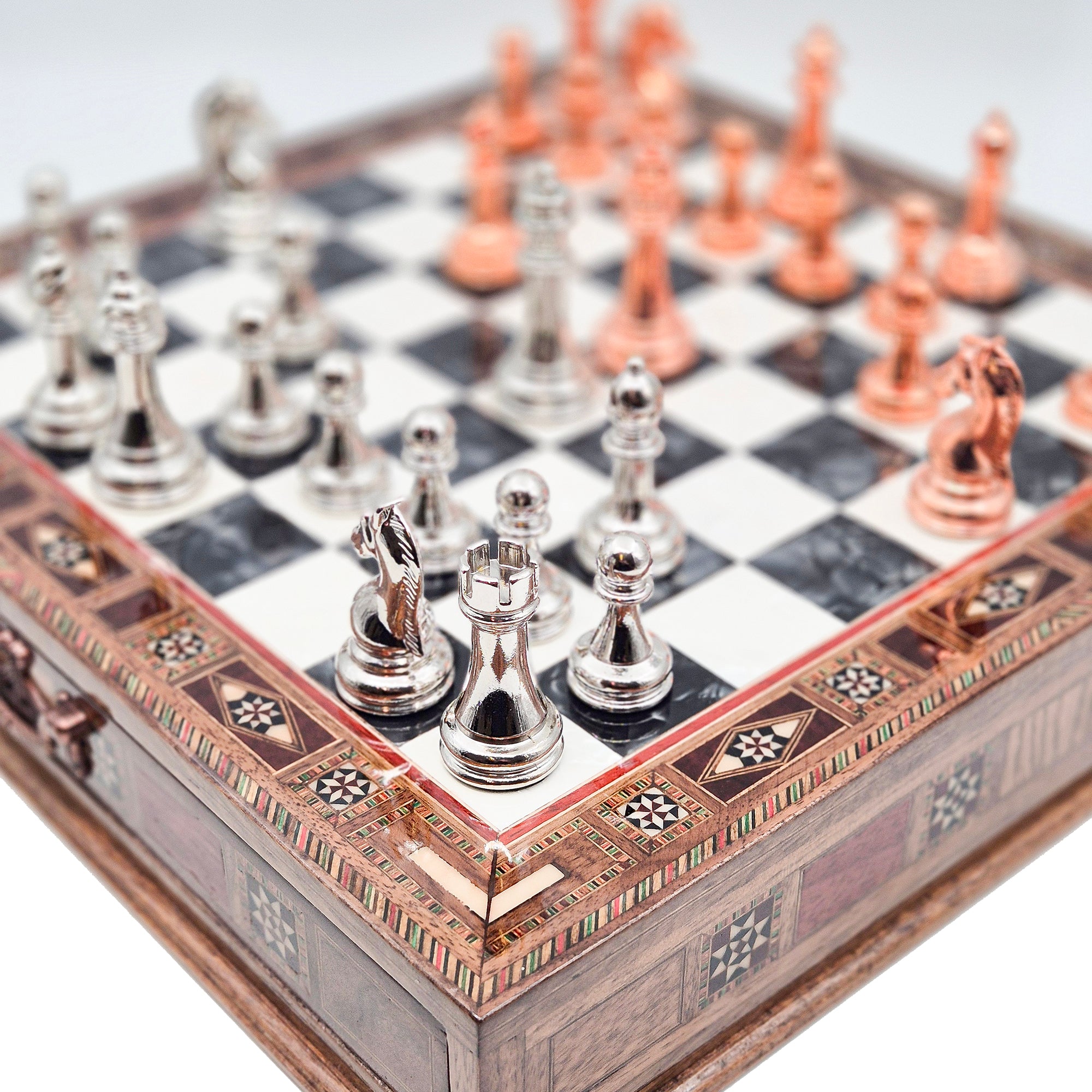
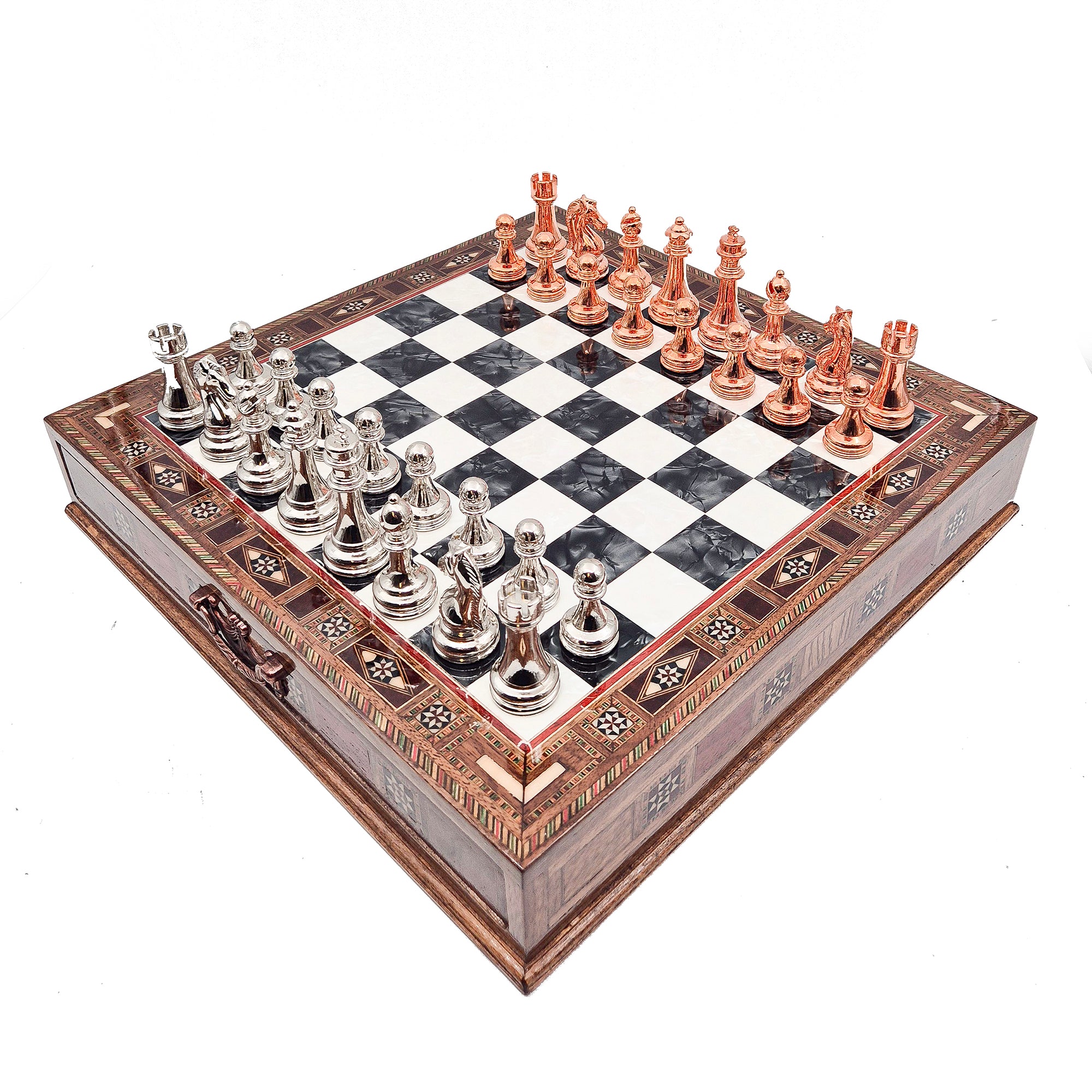


Leave a comment
All comments are moderated before being published.
This site is protected by hCaptcha and the hCaptcha Privacy Policy and Terms of Service apply.